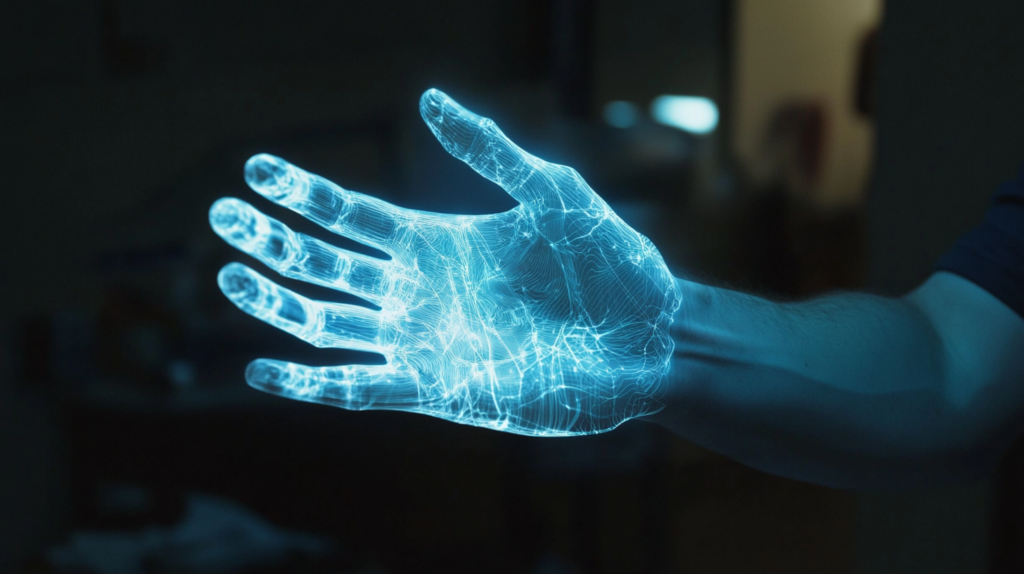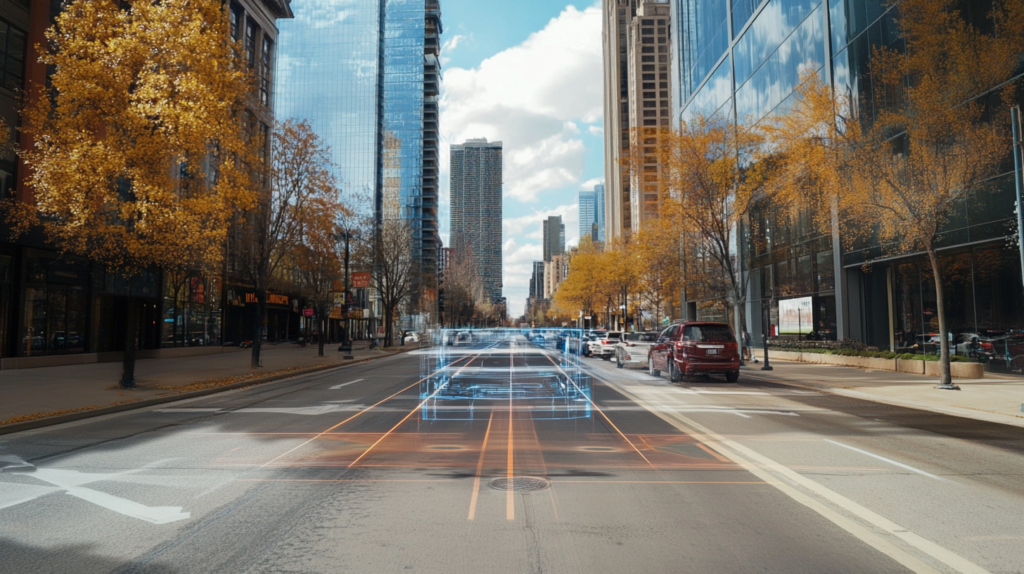Picture this: a bustling city where traffic flows smoothly, energy consumption is optimized, and urban planning decisions are made with near-perfect foresight. Imagine a hospital where doctors can predict treatment outcomes with uncanny accuracy, or a factory where machines never unexpectedly break down. This isn’t the opening scene of a sci-fi blockbuster—it’s the real-world potential of digital twins, the game-changing technology that’s turning the pipe dreams of yesterday into the realities of today.
What on Earth is a Digital Twin?
At its core, a digital twin is like a virtual mini-me for, well, anything. It’s a living, breathing digital replica of a physical object, process, or system that’s constantly fed with real-time data. Think of it as the ultimate SimCity, but for real-world applications that impact our daily lives.
But how does this digital magic happen? It’s all thanks to a cocktail of cutting-edge technologies. The Internet of Things (IoT) acts as the eyes and ears, constantly feeding data to the digital twin. Artificial Intelligence (AI) and Machine Learning (ML) serve as the brains, making sense of all that information. Cloud computing provides a cozy home for these digital entities, while Big Data Analytics plays detective, uncovering hidden patterns and insights. And let’s not forget the cherry on top: Augmented and Virtual Reality (AR/VR), which brings these digital twins to life before our very eyes.
The Twin Economy: A Market on Steroids
Hold onto your hats, folks, because the numbers are mind-blowing. The digital twin market isn’t just growing—it’s exploding like a supernova of innovation and investment. According to recent market research, the global digital twin market is set to skyrocket to a whopping $48.2 billion by 2026. That’s not just growth; that’s a market on steroids, bulking up at a compound annual growth rate (CAGR) of 58% from 2021 to 2026!
But wait, there’s more! Let’s break it down by industry to see where this twin boom is really taking off:
-
- Manufacturing is leading the charge, with a projected market share of over 30% by 2026. Digital twins are becoming the secret weapon for Industry 4.0, revolutionizing everything from product design to supply chain management.
-
- The healthcare sector is not far behind, expected to see the fastest growth with a CAGR exceeding 60% during the forecast period. Imagine personalized medicine taken to a whole new level!
-
- Energy and utilities are plugging into the trend too, with the digital twin market in this sector anticipated to surpass $2 billion by 2026. That’s a lot of smart grids and optimized power plants!
-
- Aerospace and defense are flying high with digital twins, using them for everything from aircraft design to predictive maintenance. This sector is projected to grow at a CAGR of over 50% during the forecast period.
Digital Twins in Action: Transforming Industries One Replica at a Time
Healthcare Gets a Virtual Checkup

Imagine doctors having a virtual you to experiment on before treating the real you. Sounds like something out of a Black Mirror episode, right? But in the world of digital twins, it’s becoming reality. These virtual patient replicas are revolutionizing healthcare, allowing for personalized treatments that fit like a glove. It’s like having a crystal ball for patient outcomes, minus the mystical mumbo-jumbo.
Industry 4.0: Where Factories Get Smart

Welcome to the fourth industrial revolution, where digital twins are the new employee of the month. In modern factories, these virtual replicas are working overtime, predicting machine breakdowns before they happen (take that, Murphy’s Law!), and turning production lines into efficiency ninjas. It’s like having a time machine for manufacturing, minus the paradoxes.
Smart Cities: SimCity Comes to Life
Urban planners are trading in their blueprints for digital playgrounds, and the results are nothing short of spectacular. Digital twins are helping to tame the urban jungle of traffic, put cities on an energy diet, and play “what if” with urban development scenarios. It’s like having a crystal ball for urban planning, helping create cities that would make even the Jetsons jealous.
The Fast and the Futuristic: Smart Mobility Takes the Wheel

Buckle up, because digital twins are taking transportation for a wild ride. From designing vehicles that would make James Bond green with envy to teaching self-driving cars without the fender benders, these virtual replicas are paving the way for a future where traffic jams are as outdated as horse-drawn carriages.
The Future is Twinning: What’s Next in the World of Digital Doubles
As we dive deeper into the digital twin rabbit hole, the possibilities seem endless. From the products in our homes to the cities we live in and the healthcare we receive, digital twins are set to become our virtual sidekicks in navigating the complexities of the modern world.
Imagine a future where your smart home has a digital twin, predicting and adjusting to your needs before you even realize them. Or a world where entire ecosystems have digital counterparts, allowing us to test environmental policies in a virtual space before implementing them in the real world. The potential applications are limited only by our imagination—and perhaps the occasional technological hurdle.
But it’s not all smooth sailing in twin town. As with any transformative technology, digital twins bring their own set of challenges. Data privacy concerns, the need for standardization, and the sheer complexity of creating accurate digital replicas are just a few of the hurdles that lie ahead. Yet, given the potential benefits, it’s a challenge that industries seem more than willing to take on.
In conclusion, digital twins are not just another tech buzzword—they’re a paradigm shift in how we interact with and optimize the physical world. By creating virtual replicas of everything from human hearts to entire cities, we’re opening up new frontiers in efficiency, innovation, and problem-solving.




